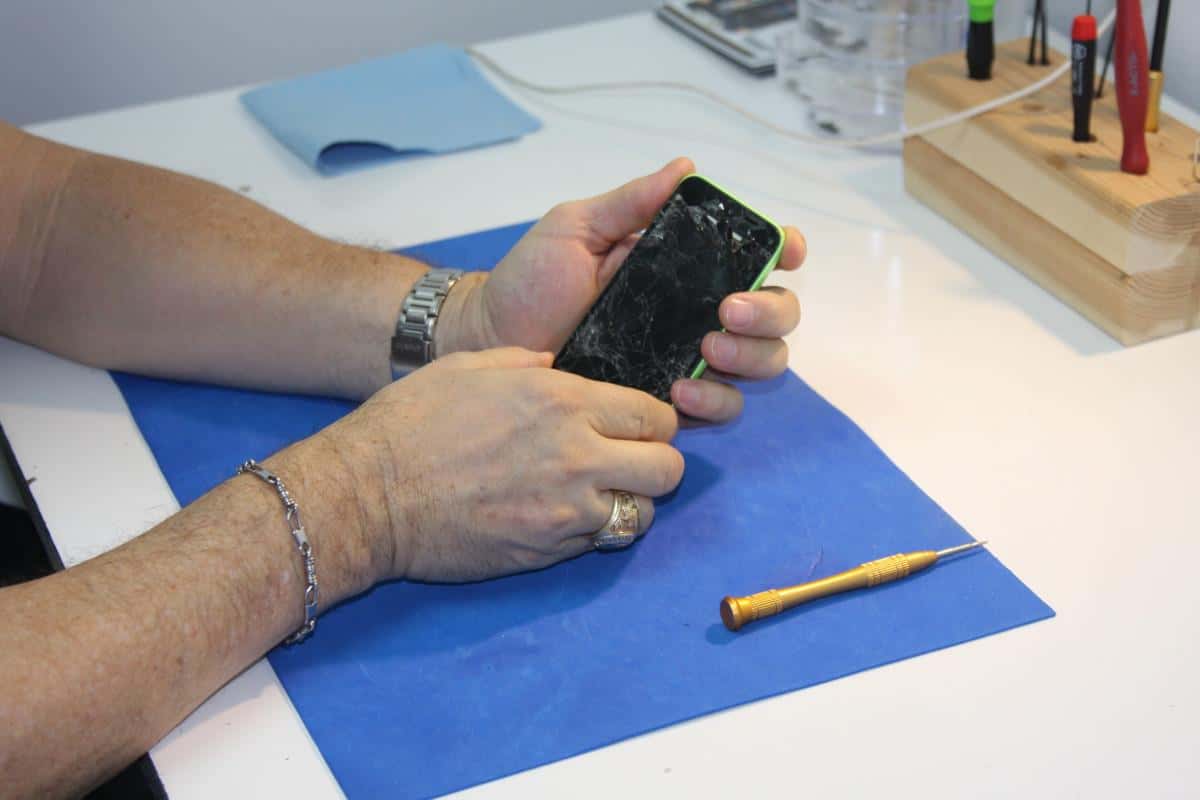Troubleshooting in electronics repair is an essential skill that allows technicians to diagnose and fix problems efficiently. It’s a systematic process that begins with gathering information and observing symptoms to narrow down the potential causes. A sound understanding of electronic components and the way they interact within circuits is crucial. This knowledge combined with methodical troubleshooting techniques enables a repairer to identify faults accurately.
Patience plays a vital role in electronics repair, especially when dealing with complex issues. Every problem is like a puzzle that requires careful and patient examination to solve. Learning from each repair, whether it’s a simple solder joint fix or a complicated circuitry issue, builds the foundation for more advanced troubleshooting. With practice, the process becomes quicker and more intuitive, and the repairer’s confidence grows.
Repairing Your Electronics: A Simple DIY Guide
Basic Troubleshooting Steps
Before you panic and toss that broken gadget, try these simple steps:
- Check the power source: Make sure it’s plugged in properly and the outlet works.
- Restart the device: Sometimes, a quick reset can fix minor glitches.
- Inspect for physical damage: Look for cracks, loose wires, or burnt components.
- Check the manual: It might offer troubleshooting tips specific to your device.
- Clean it: Dust and debris can cause problems. Use compressed air and a soft cloth.
If these basic steps don’t work, don’t worry! There are more tricks up our sleeve.
Common Electronics Issues and Solutions
Here’s a table of common problems you might encounter and possible fixes:
| Issue | Possible Cause | Solution |
|---|---|---|
| Device won’t turn on | Dead battery, faulty power cord | Replace battery, check power cord for damage, try a different outlet |
| No sound | Muted, low volume, loose connection | Check volume settings, ensure cables are securely plugged in |
| Overheating | Blocked vents, dust buildup | Clean vents with compressed air, remove dust from internal components |
| Unresponsive screen | Software glitch, loose connection | Restart device, check display cable connection, update software |
| Poor battery life | Old battery, high screen brightness | Replace battery, lower screen brightness, close unused apps |
| Wi-Fi issues | Incorrect password, weak signal | Double-check password, move closer to router, restart router and device |
When to Seek Professional Help
If you’ve tried troubleshooting and the issue persists, or if you’re dealing with a complex problem (like water damage or a broken screen), it’s best to consult a professional. They have the expertise and tools to diagnose and repair your device safely.
Safety First!
Remember, working with electronics can be dangerous. Always unplug the device before opening it, and be careful not to touch any exposed wires or components. If you’re unsure about something, it’s always better to err on the side of caution and seek professional help.
Key Takeaways
- Effective troubleshooting in electronics repair starts with a solid grasp of electronic fundamentals.
- Patience is key in methodically diagnosing and resolving a wide range of electronic issues.
- Continuous learning from every repair challenge enhances troubleshooting techniques and knowledge.
Fundamentals of Electronics Repair
Understanding Basic Electronics
In repairing electronics, a solid grasp of electronic principles is crucial. Electronics refer to systems involving the flow of electrons through components such as resistors, transistors, capacitors, and diodes. These basic components are found in a multitude of devices, each serving its unique purpose. For example, resistors manage current flow, transistors act as switches or amplifiers, electrolytic capacitors store and release energy, and LEDs emit light when electrically charged. Uncovering issues means systematically testing these components with tools such as a multimeter and interpreting readings against expected values from a device’s schematic.
Common Tools and Equipment
An arsenal of reliable tools is indispensable for electronics repair. The soldering iron and solder wick are fundamental for replacing faulty components. A multimeter measures voltage, current, and resistance, critical in diagnosing issues. For intricate work, a heat gun may be necessary to desolder components. The breadboard serves as a testing ground for prototypes or to troubleshoot sections of a circuit independently. Utilizin these tools with precision allows for accurate identification and resolution of electronic malfunctions.
FAQs
What is fixing electronics called?
Fixing electronics is generally called electronics repair. It involves troubleshooting, diagnosing, and resolving issues with electronic devices. This could include anything from smartphones and computers to TVs and game consoles. People who specialize in this field are often called electronics repair technicians.
Is electronic repair a good side hustle? How much money can you make repairing electronics? Can I make money fixing phones?
Yes, electronics repair can be a good side hustle! Many people are willing to pay to have their devices fixed rather than buying new ones. This is especially true for expensive items like smartphones, laptops, and tablets.
How much you can make depends on factors like:
- Your skills and expertise: The more complex repairs you can handle, the more you can charge.
- The types of devices you repair: Some devices, like smartphones, are more commonly repaired than others.
- Your local market: Demand for repair services can vary depending on your area.
As a side hustle, you could potentially earn a few hundred to a few thousand dollars per month. Some technicians even turn their repair skills into a full-time business.
How do I become a successful electronic repair technician? How to start learning electronics repair?
Here are some steps to become a successful electronics repair technician:
- Develop your skills: Start by learning the basics of electronics. There are many online resources, courses, and books available. You can also gain experience by taking apart old electronics and trying to fix them.
- Specialize: Consider specializing in a particular type of device, such as smartphones or laptops. This will allow you to develop expertise and build a reputation in a specific area.
- Get the right tools: Invest in quality tools that will help you perform repairs efficiently and effectively.
- Practice: The more you practice, the better you’ll become. Start with simple repairs and gradually work your way up to more complex ones.
- Build a reputation: Provide excellent customer service and build a reputation for quality work. Word-of-mouth referrals can be a powerful marketing tool.
Are electronic repair shops profitable? How to start a small electronics repair business?
Electronics repair shops can be profitable, but success depends on several factors:
- Location: A high-traffic location with good visibility can attract more customers.
- Competition: Research your local market to understand the existing competition.
- Marketing: Effectively market your services to reach potential customers.
- Pricing: Set competitive prices that are fair to customers and profitable for your business.
- Customer service: Provide excellent customer service to build loyalty and encourage repeat business.
To start a small electronics repair business, you’ll need to:
- Develop a business plan: Outline your services, target market, pricing strategy, and financial projections.
- Secure funding: Determine how you will finance your startup costs.
- Choose a location: Find a suitable location for your shop.
- Obtain licenses and permits: Ensure you have all the necessary licenses and permits to operate your business.
- Purchase equipment and supplies: Acquire the tools and supplies you need to perform repairs.
- Market your business: Promote your services to attract customers.
Electronics repair can be a rewarding and profitable career path. With dedication, skill development, and a strong work ethic, you can achieve success in this growing field.







